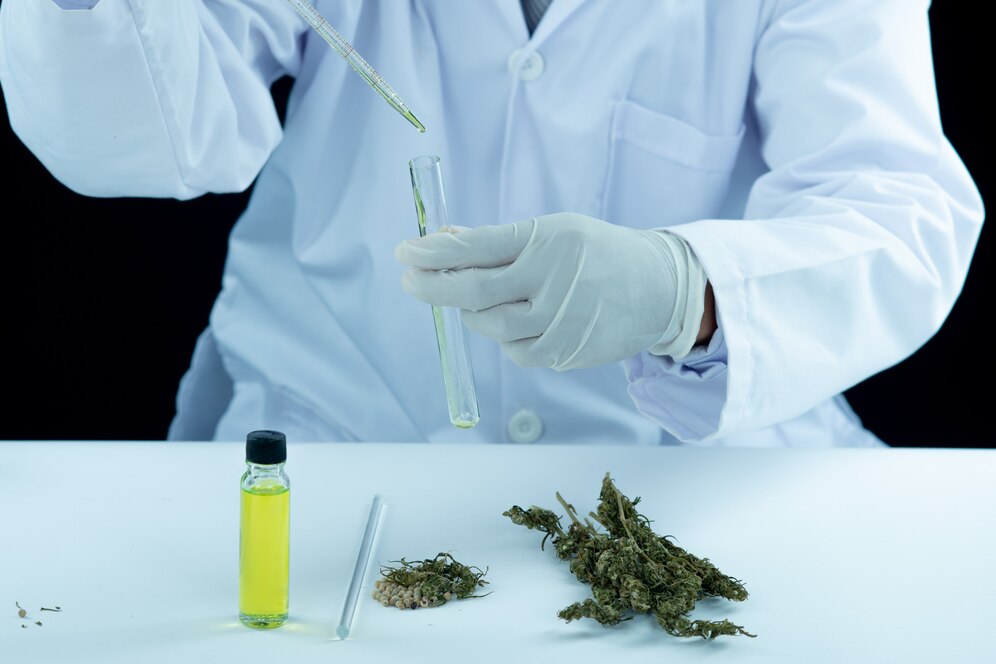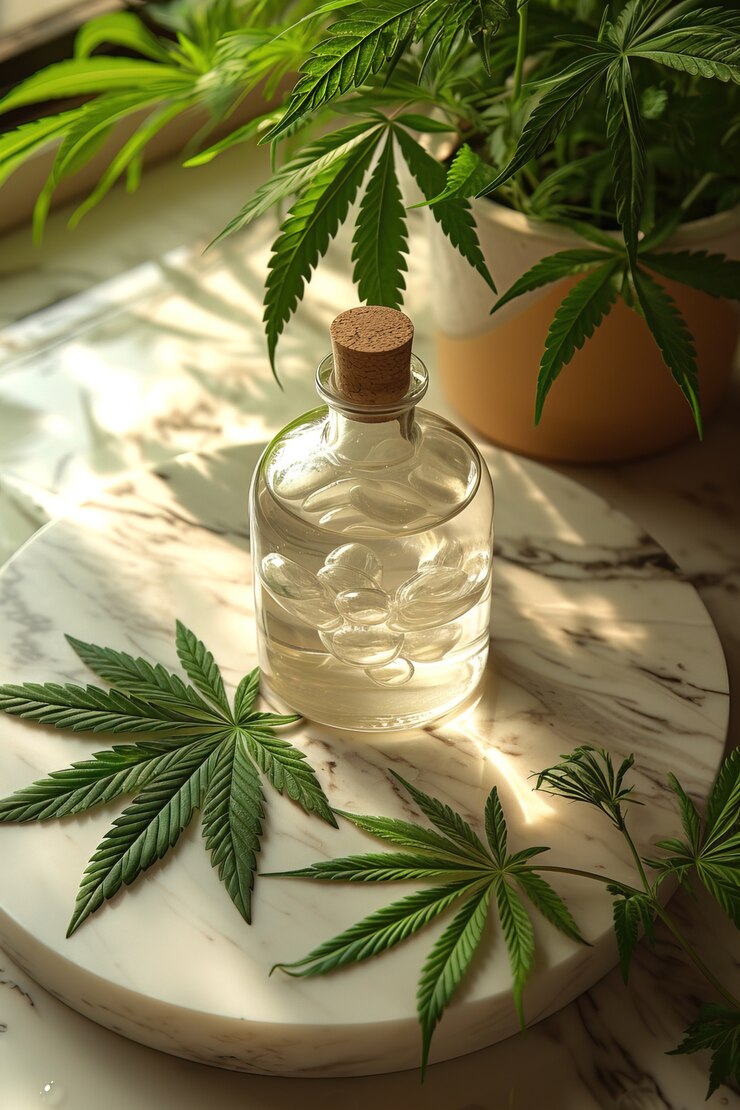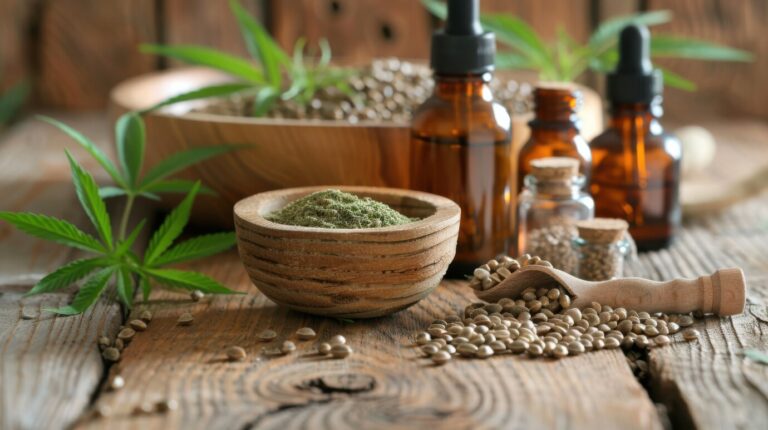How is CBD Extracted from Hemp?
Unlocking Nature’s Goodness: How is CBD Extracted from Hemp?
CBD, or cannabidiol, has taken the wellness world by storm in the UK, praised for its potential therapeutic benefits. But before it finds its way into your favorite oils, gummies, or topicals, CBD undergoes a crucial process: extraction from the hemp plant. Understanding CBD Extracted methods is key to appreciating the quality and efficacy of your chosen products. This comprehensive guide will delve into the various techniques used to unlock the goodness of hemp and obtain the valuable CBD compound.
Why Extraction Matters: The Journey from Plant to Product
The hemp plant contains a wealth of beneficial compounds, including cannabinoids (like CBD), terpenes, and flavonoids. However, these compounds are housed within the plant material. Extraction is the process of separating these desired compounds, particularly CBD, from the rest of the plant matter. The method used for CBD Extracted significantly impacts the purity, potency, and overall quality of the final CBD product. Understanding these processes empowers consumers to make informed choices about the CBD they use.
The Major Methods of CBD Extracted from Hemp: A Detailed Look
Several methods are employed to achieve CBD Extracted from hemp. Each technique has its own set of advantages and disadvantages:
1. Supercritical CO2 Extraction: The Gold Standard
Supercritical CO2 (carbon dioxide) extraction is widely considered the gold standard in the CBD industry due to its safety and ability to produce high-purity extracts.
- The Process: In this method, CO2 is heated and pressurized to a “supercritical” state, where it exhibits properties of both a liquid and a gas. This supercritical CO2 acts as a solvent,1 passing through the hemp material and dissolving the desired cannabinoids, terpenes, and other compounds. The CO2 is then brought back to its gaseous state, leaving behind a pure and concentrated CBD extract. Subcritical CO2 extraction uses lower temperatures and pressures, which can preserve more delicate terpenes but may result in lower yields.
- Pros:
- High Purity: CO2 extraction typically yields a very pure CBD extract with minimal residual solvents.
- Safe and Environmentally Friendly: CO2 is a naturally occurring, non-toxic, and environmentally friendly solvent.
- Tunable: The process can be adjusted to target specific compounds, allowing for the creation of broad-spectrum or isolate extracts.
- Cons:
- High Initial Cost: The equipment required for supercritical CO2 extraction is expensive, which can translate to a slightly higher cost for the end product.
2. Ethanol Extraction: Efficient and Scalable
Ethanol extraction is another common method for CBD Extracted from hemp. It’s a relatively straightforward and efficient process that can be scaled for large-volume production.
- The Process: Hemp material is soaked in high-proof ethanol, which acts as a solvent to dissolve the cannabinoids and other compounds. The ethanol is then evaporated, leaving behind a CBD-rich extract. Further processing may be required to remove unwanted compounds like chlorophyll.
- Pros:
- Efficient and Scalable: Ethanol extraction is a relatively quick and cost-effective method for large-scale production.
- Good Yield: It can effectively extract a significant amount of CBD from the hemp plant.
- Cons:
- Potential for Residual Solvent: If not properly purged, trace amounts of ethanol may remain in the final product. Reputable manufacturers will ensure thorough solvent removal.
- Chlorophyll Extraction: Ethanol can also extract chlorophyll, which can give the extract a bitter taste and dark colour, requiring additional processing steps.
3. Hydrocarbon Extraction (Butane, Propane): Less Common for Consumer CBD in the UK
Hydrocarbon extraction, using solvents like butane or propane, is another method used for CBD Extracted. While efficient and capable of producing high yields, it’s less common for consumer-grade CBD products in reputable UK markets due to safety concerns and the potential for residual solvents.
- The Process: Hemp material is exposed to liquid hydrocarbons, which dissolve the cannabinoids and terpenes. The hydrocarbons are then evaporated to leave behind the extract.
- Pros:
- High Efficiency: Hydrocarbon extraction can be very efficient at extracting cannabinoids.
- Low Cost: The solvents used are relatively inexpensive.
- Cons:
- Safety Concerns: Hydrocarbon solvents are highly flammable and require specialized equipment and expertise to handle safely.
- Potential for Residual Solvent: Thorough purging is crucial to remove all traces of the hydrocarbon solvents from the final product. The presence of residual solvents is a significant concern for consumer safety. Due to these concerns, reputable UK CBD brands often avoid this method for consumer products.
4. Oil Extraction (Olive Oil, etc.): A Simple, Though Less Efficient, Approach

Oil extraction, often using olive oil or other vegetable oils, is a simpler and potentially safer method for CBD Extracted at a smaller scale or for homemade preparations.
- The Process: Hemp material is heated to activate the CBD (decarboxylation) and then steeped in a carrier oil like olive oil. The oil acts as a solvent, absorbing the CBD and other compounds. The plant material is then strained out.
- Pros:
- Simple and Safe: This method is relatively simple and doesn’t involve volatile solvents, making it safer for home use.
- No Residual Solvents: There are no concerns about residual solvents in the final product.
- Cons:
- Lower Yield and Potency: Oil extraction is generally less efficient than other methods and may result in lower CBD concentrations in the final product.
- Shorter Shelf Life: CBD extracts in vegetable oils may have a shorter shelf life compared to those extracted using other methods.
- Difficult to Measure Dosage Accurately: The potency of oil-extracted CBD can be less precise, making accurate dosage measurement challenging.
Factors Influencing the Choice of Extraction Method
The choice of extraction method for CBD Extracted depends on various factors, including:
- Desired Purity and Potency: Different methods yield extracts with varying levels of purity and potency.
- Cost and Scalability: Some methods are more cost-effective and easier to scale for large-volume production.
- Safety Concerns: The safety of the solvents used and the potential for residual solvents are crucial considerations.
- Environmental Impact: Some methods are more environmentally friendly than others.
- Target Compounds: Different methods may be more effective at extracting specific cannabinoids and terpenes.
What to Look for as a Consumer: Ensuring Quality “CBD Extracted” in the UK

As a consumer in the UK, understanding how your CBD was CBD Extracted can help you make informed choices. Here’s what to look for:
- Transparency: Reputable CBD brands will be transparent about their extraction methods. Look for this information on their website or product packaging.
- Third-Party Lab Testing: Regardless of the extraction method, always look for products that have undergone rigorous third-party lab testing. These reports should verify the CBD and THC content and confirm the absence of harmful contaminants, including residual solvents (especially if hydrocarbon or ethanol extraction was used).
- Brand Reputation: Choose brands with a strong reputation for quality and safety. Read reviews and look for certifications.
- Consider Your Needs: If you prefer a full-spectrum product, the extraction method might influence the terpene profile. If you want to avoid THC entirely, ensure the product is broad-spectrum or isolate and check the lab reports.
The Future of CBD Extraction
The field of CBD extraction is constantly evolving, with ongoing research into more efficient, sustainable, and targeted methods. Emerging techniques may focus on enhancing the extraction of specific cannabinoids and terpenes while minimizing environmental impact and ensuring consumer safety.
Conclusion: Unlocking the Power of Hemp Through Careful Extraction
The process of CBD Extracted from hemp is a critical step in bringing the potential benefits of this natural compound to consumers in the UK. Understanding the different extraction methods, their pros and cons, and what to look for in a quality product empowers you to make informed decisions and choose CBD products that align with your wellness goals and safety standards. Always prioritize transparency and third-party testing to ensure you are getting a high-quality and effective CBD experience.
Frequently Asked Questions (FAQs)
1. What is the most common method used for CBD Extracted from hemp?
Supercritical CO2 extraction is often considered the most common and preferred method for CBD Extracted from hemp due to its safety, purity, and ability to be tuned for different types of extracts. Ethanol extraction is also widely used, particularly for large-scale production.
2. Are there any concerns about residual solvents when CBD is Extracted from hemp?
Yes, there can be concerns about residual solvents, particularly with methods like ethanol and hydrocarbon extraction (butane, propane). Reputable manufacturers will have strict quality control processes and ensure thorough purging to remove any residual solvents. Third-party lab reports should test for the presence of these solvents to ensure consumer safety.
3. Does the method used for CBD Extracted affect the quality or effectiveness of the final product?
Yes, the method used for CBD Extracted can significantly impact the quality and effectiveness of the final product. Methods like supercritical CO2 extraction are known for producing high-purity extracts that retain a broad spectrum of beneficial compounds. Less efficient methods might result in lower potency or the presence of unwanted compounds. Always look for transparency about the extraction method and third-party lab testing.
4. Can I Extract CBD from hemp at home?
While it is possible to extract CBD from hemp at home using methods like oil extraction (e.g., using olive oil), these methods are generally less efficient and may result in lower potency and less accurate dosage control compared to professional extraction techniques. For consistent quality and safety, it’s generally recommended to purchase CBD products from reputable manufacturers who use professional extraction methods and provide third-party lab testing.







